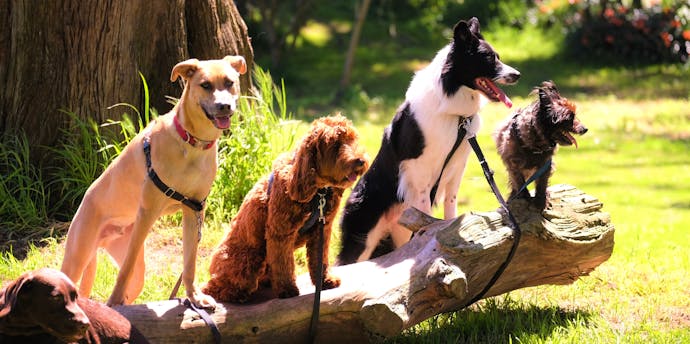Advocate for women's rights, campaigner for peace and genuine trailblazer for equality.
Vida Goldstein is ‘briefly mentioned in almost every history of women in Australia. All the same, her name is not particularly well known outside scholarly circles,’ writes Jacqueline Kent in her biography Vida. ‘The question then becomes: given the kind of influential person she was for so many years, given all the things she achieved, why haven’t we heard more about her?’
Below we offer a brief introduction to the fascinating life and work of Vida Goldstein, a woman Kent describes as 'not simply a woman of her times, but someone whose views and beliefs are refreshingly contemporary – and so who is equally a woman of our time'.
- The first and eldest daughter of Jacob Robert Yannasch Goldstein and Isabella Hawkins, Vida Jane Mary was born on 13 April 1869 in Portland, Victoria.
- After Vida’s sister was born in 1870, the family moved to Warrnambool, Victoria, where Vida’s three youngest siblings were born.
- The Goldsteins packed up and moved to Melbourne when Vida was eight, in search of better paying work for her father, Jacob.
- Vida’s parents were progressive for the time and keen to give their daughters an education, hiring a governess, Julia Sutherland, to teach them from home.
- In 1884, aged fifteen, Vida was sent to the Presbyterian Ladies’ College (PLC) as a day student. Many of Vida’s contemporaries at PLC went on to have distinguished careers. Flos Greig became the first woman solicitor and barrister in Australia; Constance Ellis was the first woman in Victoria to gain a medical degree from the University of Melbourne; Ethel Godfrey became the state’s first woman dentist; and Myrie Shappere was Victoria’s first woman analytical chemist.
- In her twenties Vida spent time working with her mother, Isabella, on various campaigns concerning the treatment of women, including helping to set up Australia’s first crèche and campaigning for the appointment of women prison officers in women’s prisons.
- Vida opened a primary school with her sisters Elsie and Aileen in 1890 (which closed in 1896), offering a curriculum in which sewing and cooking classes were noticeably absent.
- At the age of twenty-two, Vida took to the votes-for-women movement with enthusiasm, canvassing for the ‘monster petition’. The petition failed in its primary objective, but with more than 30,000 signatures it had far-reaching effects and showed the government that the suffragists could no longer be ignored.
- For several years Vida was the organising secretary and then general secretary of the United Council for Woman Suffrage (UCWS). With a modest salary of 30 shillings a week she became the Victorian suffrage movement’s first full-time paid worker and was probably the first person in the country to draw a salary from any women’s organisation.
- From about 1899 onwards Vida spoke at a growing number of pro-national-suffrage rallies in Melbourne.
- Sixteen years of campaigning in Victoria for woman suffrage without success led Vida to establish The Australia Woman’s Sphere. The monthly periodical launched in September 1900 with Vida as editor.
- In 1902, the Commonwealth Franchise Act was passed in the House of Representatives, giving the vote to all adult British subjects in Australia. This also opened the way for a woman to stand for federal parliament, and in 1903 Vida was the first woman to declare her candidacy. She was, in fact, the first woman in the Western world to stand for a national parliament.














